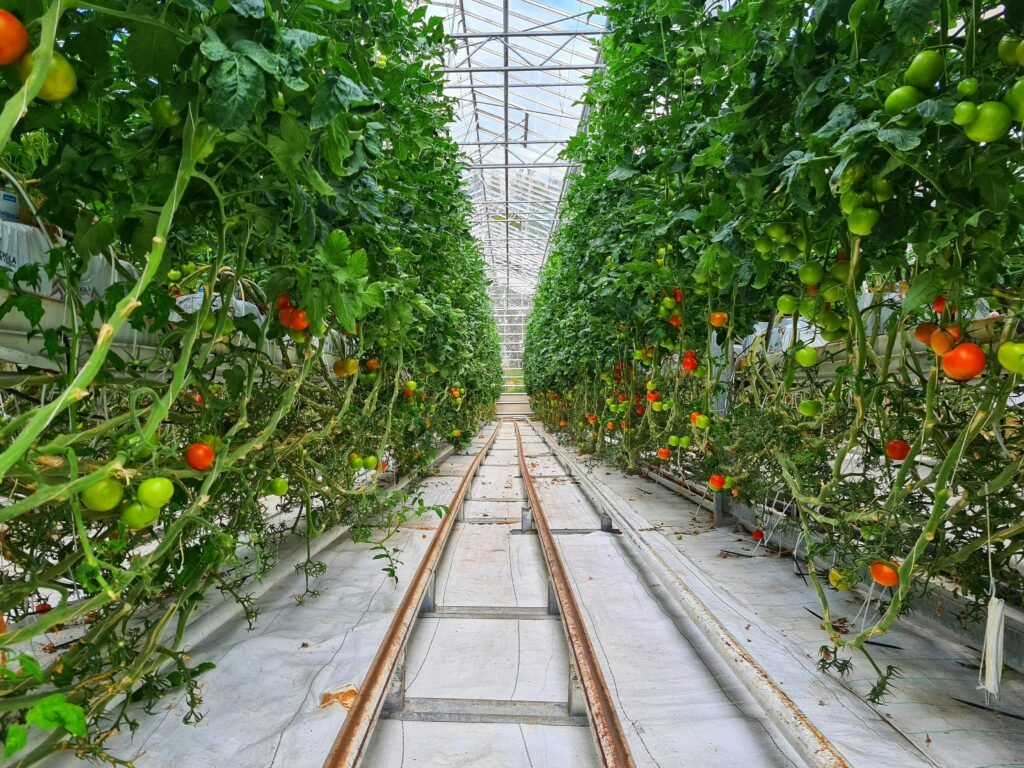🌾 Introduction
India, being an agrarian country, is at a turning point where farmers and consumers alike are asking: Is organic farming better than chemical farming? With increasing concerns over soil degradation, food safety, and climate change, it is crucial to compare organic and chemical farming practices. This blog provides a detailed guide on organic farming vs. chemical farming, helping you choose the best method for long-term sustainability and profitability.
🌿 What is Organic Farming?
Organic farming in India is a natural way of growing crops using:
Compost and manure
Biological pest control
Crop rotation and intercropping
Organic bio-fertilizers (like Jeevamrut, Panchagavya)


🧪 What is Chemical Farming?
Chemical farming, also known as conventional farming, relies on:
Synthetic fertilizers (Urea, DAP, MOP)
Chemical pesticides and herbicides
Genetically modified or hybrid seeds
Mono-cropping techniques
🔍 Key Differences Between Organic and Chemical Farming
| Feature | Organic Farming | Chemical Farming |
|---|---|---|
| Soil Health | Improves soil structure and fertility | Degrades soil over time |
| Inputs | Natural and eco-friendly | Synthetic and harmful |
| Crop Yield | May be lower initially, but stable long-term | High initially, may decline over time |
| Cost of Inputs | Low (but more labor) | High (but less labor) |
| Environmental Impact | Safe for ecosystem | Pollutes water, air, and land |
| Market Demand | High demand, premium prices | Standard market rates |
🌱 Advantages of Organic Farming
Boosts soil fertility and microbial life
Produces chemical-free food
Reduces dependency on imported inputs
Promotes biodiversity and eco-friendly farming
Government support through organic farming schemes in India


⚠️ Disadvantages of Chemical Farming
Causes soil erosion and nutrient loss
Leads to pesticide resistance in insects
Contaminates water bodies and air
Affects human health due to chemical residues
Encourages monoculture, reducing biodiversity
📈 Yield Comparison – Organic vs. Chemical
While chemical farming offers quick results, over time it depletes soil fertility. In contrast, organic farming may have:
10–20% lower yield initially
But improves with time, especially in vegetables, fruits, and pulses


💸 Profitability & Market Demand
Organic Farming:
High market value due to organic certification
Export opportunities
Growing domestic demand for chemical-free food
Chemical Farming:
Consistent bulk production
Lower pricing, but also lower margins due to high input costs
🧑🌾 Government Support & Schemes
Paramparagat Krishi Vikas Yojana (PKVY)
National Program for Organic Production (NPOP)
Soil Health Card Scheme
Subsidies for composting units and biofertilizers

🧠 Which Farming Method is Better for You?
It depends on your goals:
| Goal | Best Option |
|---|---|
| Quick returns | Chemical farming |
| Long-term soil health | Organic farming |
| Premium market targeting | Organic farming |
| Low labor availability | Chemical farming |
| Export-ready produce | Organic farming |
If you’re a small farmer in India, organic farming offers low-cost, sustainable solutions with high future potential.

🛑 Transitioning from Chemical to Organic Farming
It’s not an overnight change. Here’s how to start:
Begin with organic inputs like compost, neem oil, and cow dung manure
Stop using chemical pesticides gradually
Use biofertilizers and biopesticides
Register for organic certification
✅ Conclusion
The debate between organic farming and chemical farming is crucial for the future of Indian agriculture. While chemical farming offers short-term gains, organic farming ensures long-term sustainability, better soil health, and consumer trust. With rising awareness and support, the future clearly favors organic practices.
